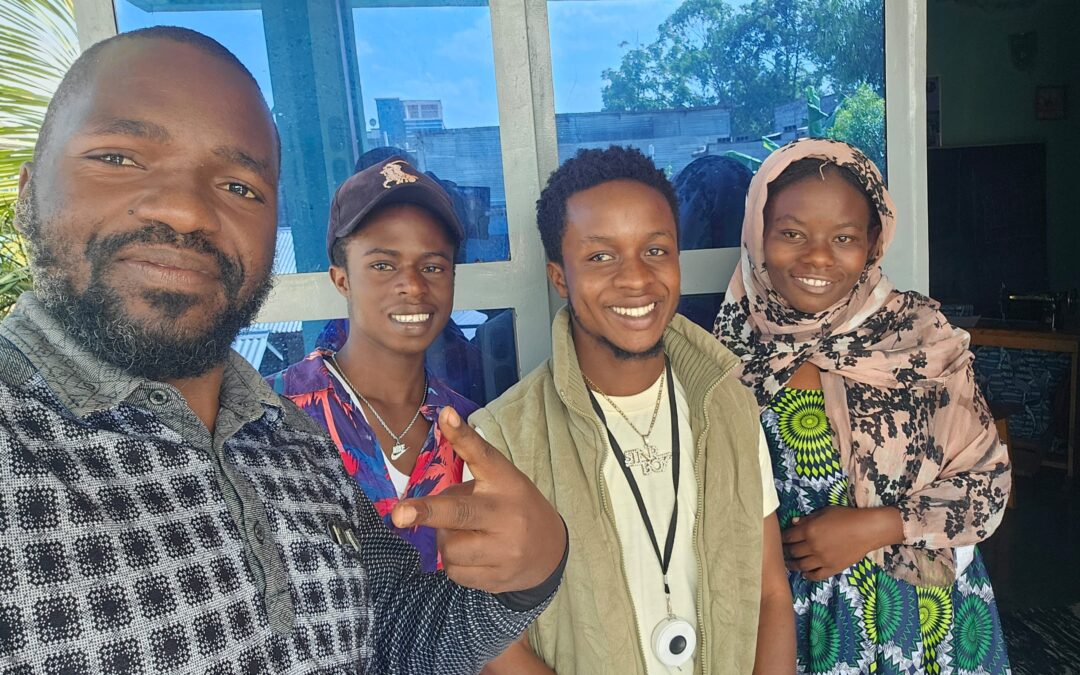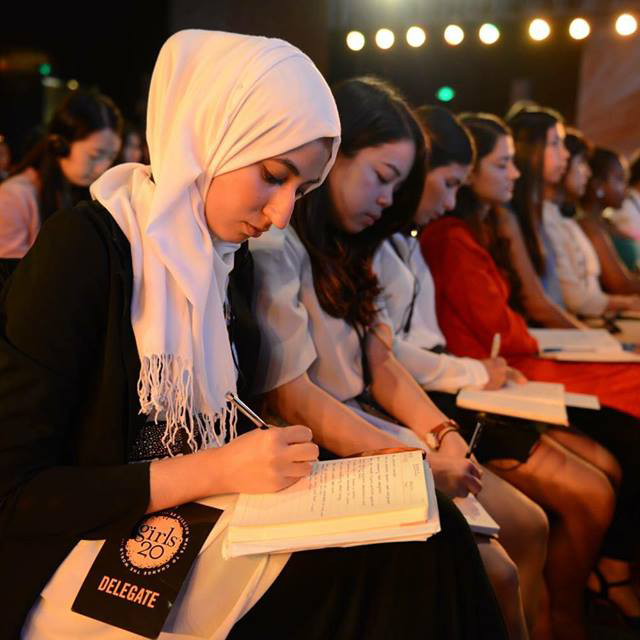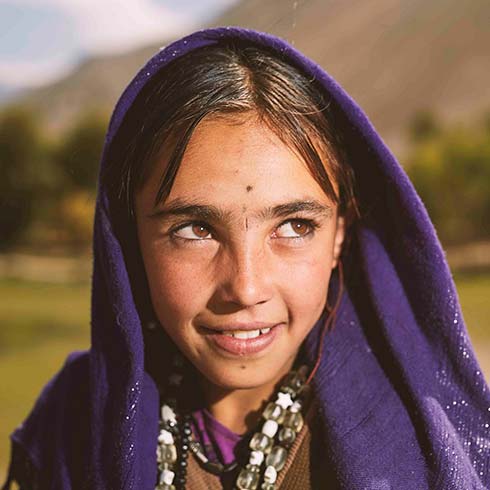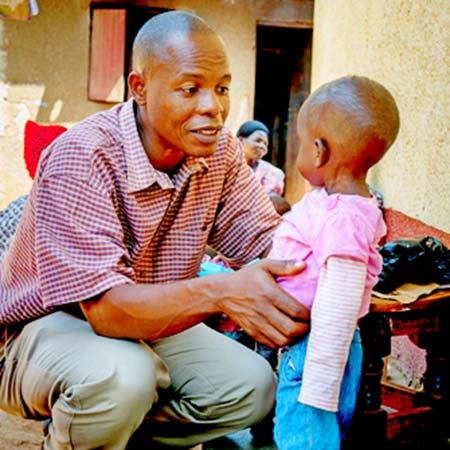The recent peace agreement between Rwanda and the Democratic Republic of Congo (DRC), signed in Washington under US mediation, represents a potential turning point in one of Africa’s most protracted conflicts. Yet as the diplomatic ink dries on this latest attempt at regional stability, the true test lies not in the halls of power but in the overcrowded displacement camps around Goma and the lived experiences of millions caught in the crossfire.
The Deal: Promise on Paper
The US-brokered agreement, signed by the foreign ministers of both nations under Secretary of State Marco Rubio’s oversight, contains several key provisions that offer hope. The framework establishes a three-month timeline for Rwandan troop withdrawal from eastern DRC, commits both nations to launching a regional economic integration framework within 90 days, and creates a joint security coordination mechanism within 30 days.
On its surface, the deal addresses the immediate military crisis. Rwanda has deployed an estimated 3,000-4,000 ground troops in support of the M23 rebel group, which has captured significant territory including the city of Goma. The agreement’s commitment to troop withdrawal and the implementation of UN Security Council Resolution 2773 signals international recognition of the urgent need for de-escalation.
However, the deal’s focus on high-level diplomatic and military arrangements reveals a troubling gap: it fails to adequately address the humanitarian catastrophe unfolding on the ground or provide meaningful pathways to justice for the countless victims of this conflict.
Goma’s Displacement Crisis
The statistics paint a stark picture of human suffering. The recent M23 offensive has displaced over 400,000 people in just three weeks, adding to the already staggering 7 million internally displaced persons across the DRC. For the residents of Goma and surrounding areas, this latest escalation represents not just another chapter in a long conflict, but a fundamental disruption of whatever stability they had managed to build.
The displacement camps around Goma tell a story of systematic vulnerability. Major sites like Mugunga I housed 61,200 displaced persons, while Lac Vert accommodated 31,170 and Mugunga III held 30,000. These camps, already operating under dire conditions with inadequate humanitarian assistance, have been further destabilised by the M23’s territorial gains.
The M23’s approach to displacement has been particularly troubling. Human Rights Watch reports that the group has actively dismantled displacement camps, forcing residents to leave and telling them not to expect further aid. This isn’t merely a byproduct of conflict, it’s a deliberate strategy that weaponizes humanitarian vulnerability. The group’s actions have included indiscriminate shelling of displacement camps and densely populated areas, creating a climate of terror that forces civilian movement.
The Forced Transfer Crisis
Perhaps most disturbing is the evidence of forced civilian transfers. Between May 17-19, 2025, convoys departed from transit centres to Rwanda, with reports indicating that both Congolese citizens and Rwandan refugees were among those being deported. This represents a serious violation of international humanitarian law and suggests that the M23’s control over territory has enabled systematic population manipulation.
The forced closure of displacement sites has had cascading effects. Over 110,000 displaced people have been forced to leave camps in Goma and move to villages in Masisi, Rutshuru, and Nyiragongo territories, areas that lack the infrastructure to support such sudden population influxes. These secondary displacements create new vulnerabilities and strain already limited resources in receiving communities.
Gaps in the Peace Framework
While the peace agreement addresses military and diplomatic dimensions of the conflict, it contains glaring omissions that undermine its potential effectiveness. Amnesty International has criticised the deal for failing to include provisions for accountability, noting that it doesn’t address justice for victims of serious crimes or mechanisms for holding perpetrators accountable.
This oversight is particularly significant given the documented pattern of human rights violations. The conflict has resulted in nearly 3,000 reported deaths and 2,880 injuries in recent fighting alone. The systematic nature of attacks on civilian infrastructure, including displacement camps, suggests that accountability mechanisms should be central to any sustainable peace framework.
The agreement also lacks specific provisions for addressing the immediate humanitarian needs of displaced populations. While it establishes security coordination mechanisms, it doesn’t outline how basic services will be restored to areas like Goma or how the international community will support the massive displacement population.
Economic Dimensions and Local Impact
The peace deal’s emphasis on economic integration within 90 days reflects an understanding that sustainable peace requires economic opportunity. However, the reality on the ground in Goma suggests that economic recovery will be far more complex than diplomatic timelines suggest.
Goma’s economy has been fundamentally disrupted by the conflict. The institutional infrastructure that underpins economic activity has collapsed entirely. Banks remain shuttered, preventing basic financial transactions and access to savings. Courts are non-functional, eliminating legal recourse for commercial disputes or property rights. Government offices that once provided business licenses, permits, and regulatory oversight are closed, creating a regulatory vacuum that makes formal business operations impossible.
The M23’s control over the city has introduced additional economic complications. The rebels have imposed new taxation systems on residents and businesses, but these operate outside any legitimate legal framework. While the group claims to be restoring order, their governance structures primarily serve to extract resources to finance their operations rather than provide genuine public services.
For displaced populations, economic recovery means more than just returning to pre-conflict livelihoods. Many have lost assets, land, and social networks that took generations to build. The complete breakdown of financial infrastructure means that even those who managed to preserve some wealth cannot access it to rebuild their lives. The agreement’s focus on high-level economic integration may miss the grassroots economic needs that will determine whether peace is sustainable at the community level.
The Fragility of Progress
Even as the peace deal represents diplomatic progress, its implementation faces significant challenges. The DRC’s President Felix Tshisekedi has emphasised that peace remains fragile in the east, while demanding accountability for atrocities. This tension between immediate stability and long-term justice reflects the complex dynamics that have sustained conflict in the region.
The three-month timeline for Rwandan troop withdrawal, while specific, may prove optimistic given the complex web of interests at stake. The M23’s declaration of a unilateral ceasefire in February 2025 was followed by continued territorial control and civilian displacement, suggesting that formal agreements don’t automatically translate to ground-level change.
Implications for Business and Civil Society
The Rwanda-DRC peace deal presents both opportunities and responsibilities. The agreement’s emphasis on economic integration could create space for responsible business engagement that supports conflict-affected communities. However, any such engagement must be grounded in an understanding of the humanitarian realities that shape the region.
The displacement crisis around Goma highlights the importance of business models that can adapt to conflict-affected contexts. Companies operating in or considering engagement with the region must account for the massive displacement population and the instability that has characterised recent years.
Civil society organisations face the challenge of supporting peace implementation while maintaining focus on humanitarian needs. The gap between diplomatic agreements and ground-level realities requires sustained advocacy to ensure that the voices of displaced populations are heard in implementation processes.
Looking Forward: Conditional Optimism
The Rwanda-DRC peace deal represents a necessary but insufficient step toward addressing one of Africa’s most complex conflicts. Its success will ultimately be measured not by its diplomatic achievements but by its impact on the lives of people like those in Goma’s displacement camps.
For the hundreds of thousands of displaced persons around Goma, the deal offers hope for an end to active conflict but limited immediate relief from humanitarian suffering. The agreement’s implementation will require sustained international attention, robust humanitarian support, and genuine commitment to accountability.
The true test of this peace deal lies ahead and whether it can translate diplomatic commitments into meaningful change for the millions of Congolese whose lives have been shattered by decades of conflict. The residents of Goma and the broader displacement population deserve more than another failed peace process; they deserve a framework that prioritises their security, dignity, and right to return home.
As implementation begins, the international community must remain engaged not just in monitoring military withdrawals and economic integration, but in ensuring that the humanitarian crisis receives the sustained attention it requires. Only then can this latest peace deal avoid joining the long list of regional agreements that promised much but delivered little for those who need peace most.
Community Resilience Through Remember Youth for Change
Amid the broader institutional collapse and humanitarian crisis, small but powerful examples of community resilience continue to emerge. Remember Youth for Change, a locally registered nonprofit supported by Business for Better Society, exemplifies how grassroots initiatives can provide both practical support and psychological hope in the midst of conflict.
Despite the disruption caused by the M23 offensive, graduates from Remember Youth for Change’s tailoring program have begun to gather again, volunteering their time to create school uniforms for children in the displacement camps. This initiative enables camp-based children to attend school with dignity and maintain some semblance of normalcy in extraordinarily difficult circumstances.
For the tailoring program graduates, the volunteer work provides psychological purpose and a sense of agency when traditional support systems have collapsed. Their efforts demonstrate how locally-led solutions can address immediate needs while building community resilience—something that high-level peace agreements often overlook.
Business for Better Society has previously supported Remember Youth for Change through humanitarian aid delivery and program expansion, recognising the vital role that community-based organisations play in preserving human dignity during crisis.
What You Can Do To Help
You can make a meaningful difference in the lives of children in the Goma region by supporting the ongoing efforts of Remember Youth for Change. A donation today will directly contribute to the purchase of fabric and essential supplies needed for the tailoring program and these young tailors who are creating school uniforms for children who would otherwise be unable to attend school due to the lack of proper clothing. Your support not only equips students for the classroom but also empowers a new generation with practical skills and purpose.
How To Donate
Our ongoing commitment is that 100% of your donation goes directly to the nonprofit and their programs. To support the uniform project in Goma, click here to be redirected to the Remember Youth for Change cause page. There, you can choose your preferred donation currency, an important feature that helps address today’s currency fluctuations.
=========================================================================================The opinion piece represents Business for Better Society’s impressions of this complex and evolving situation. Given the multifaceted nature of the conflict, the rapidly changing circumstances on the ground, and the numerous stakeholders involved, we encourage readers to conduct their own research and consult multiple sources to develop a comprehensive understanding of this critical issue. The humanitarian crisis in eastern DRC deserves sustained attention and nuanced analysis that goes beyond any single perspective or organisational viewpoint.
Data Sources
This analysis draws from multiple sources to provide comprehensive coverage of the Rwanda-DR Congo peace deal and its impact on Goma’s displaced populations:
Primary Sources:
- U.S. State Department announcements and press releases regarding the peace agreement
- UN Security Council Resolution 2773
- Official statements from the governments of Rwanda and the Democratic Republic of Congo
Humanitarian and Human Rights Organisations:
- Human Rights Watch reports on M23 activities and displacement
- Amnesty International analysis of the peace agreement
- UN Office for the Coordination of Humanitarian Affairs (OCHA) displacement figures
- International Organization for Migration (IOM) displacement tracking data
News and Media Sources:
- Reuters reporting on the peace agreement and regional developments
- Associated Press coverage of the conflict and displacement
- BBC News reports on the humanitarian situation in Goma
- Voice of America coverage of the peace talks and implementation
- Al Jazeera reporting on the M23 offensive and civilian impact
Research and Analysis:
- Congo Research Group analysis of the conflict dynamics
- International Crisis Group assessments of the peace process
- Academic research on displacement and conflict in eastern DRC
Field Reports:
- Testimonies from displaced persons in Goma area camps
- Reports from humanitarian organisations operating in the region
- Local civil society organisation documentation of conditions
All figures and specific claims in this analysis are supported by these sources, with particular attention to recent developments in 2024-2025. The analysis seeks to balance multiple perspectives while prioritising the voices and experiences of those most directly affected by the conflict.
📸 Remember Youth for Change




